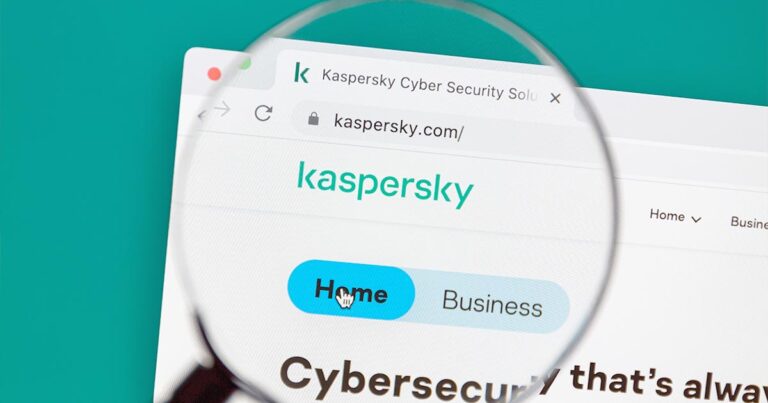Optus Mobile Review ALDI Mobile Review Amaysim Mobile Review Belong Mobile Review Circles.Life Review Vodafone Mobile Review Woolworths Mobile Review Felix Mobile Review Best iPhone Plans Best Family Mobile Plans Best Budget Smartphones Best Prepaid Plans Best SIM-Only Plans Best Plans For Kids And Teens Best Cheap Mobile Plans Telstra vs Optus Mobile Optus NBN Review Belong NBN Review Vodafone NBN Review Superloop NBN Review Aussie BB NBN Review iiNet NBN Review MyRepublic NBN Review TPG NBN Review Best NBN Satellite Plans Best NBN Alternatives Best NBN Providers Best Home Wireless Plans What is a Good NBN Speed? Test NBN Speed How to speed up your internet Optus vs Telstra Broadband ExpressVPN Review CyberGhost VPN Review NordVPN Review PureVPN Review Norton Secure VPN Review IPVanish VPN Review Windscribe VPN Review Hotspot Shield VPN Review Best cheap VPN services Best VPN for streaming Best VPNs for gaming What is a VPN? VPNs for ad-blocking To protect five devices, Bitdefender has the lead, but Kaspersky isn’t too far behind. If five devices isn’t enough, Kaspersky can also protect up to 10 devices for Kaspersky Anti-Virus (Windows only) and Internet Security, but the pricing is noticeably more expensive than Bitdefender and AVG. If five devices is too few and 10 is too many, Kaspersky Total Security maxes out at protecting seven devices, which is a device count that none of the other aforementioned antivirus providers offer. Kaspersky Total Security is the main version that protects the typical Windows, Android, iOS and MacOS devices. At the time of review, it costs $74.97 to protect five devices for the first year before reverting to its typical $149.95 annual fee. I’d recommend starting with either Kaspersky Free or a 30-day trial for one of the premium options. If you like Kaspersky after this time, you can save money by opting for a two-year plan option. Here’s a quick overview of Kaspersky’s available plans in Australia. If you make it past that, things start to get easier, even if the Windows installation was very slow in comparison to Kaspersky’s peers. It’s worth paying attention to the prompts for the installation wizard as there are some great opt-in security features. Choose to keep or remove ad blocking, malware detection and/or malicious tool removal (I’d advise using all of those). Installation of the Android version was a lot easier and there’s no need to create an account. The only quirk is to ensure you hit the little ‘x’ if you want to try the free version. Scans across Windows and Android are zippy but manually updating the threat database took a while on PC. Both Android and Windows user interfaces are easy to navigate, and you’ll find basic antivirus tools and extended features where you’d expect. But after May 2022 test results, Norton, Trend Micro and Avira were the only three with 100% threat protection, while Bitdefender dropped ever so slightly to 99.9%. Meanwhile, Kaspersky blocked 99.6% of threats, including no compromises for user-dependent protection, and it reported an extremely low two false positives. Below is a table that shows how Kaspersky compared to the competition in terms of AV-Comparatives’ May 2022 test results. Kaspersky Internet Security also comes with a virtual private network (VPN). While it gets the job done as an antivirus add-on, there are better VPN options out there. The 300MB daily VPN limit in particular isn’t great for all-day protection (the VPN standard is for unlimited data). For extended protection, particularly for parents, Kaspersky Total Security adds a GPS child locator as well as encrypted file protection and a password manager. Together, this makes for an attractive suite of protective software. AV-Comparatives and AV-Test are the two big ones, and we use their latest available reports at the time of reviewing to determine how effective antivirus software is at blocking real-world threats. AV-Test also performs tests to determine the performance impact of antivirus software and its usability, across three of the four main platforms that antivirus services tend to protect. Our more active hands-on testing involves downloading, installing and using antivirus software or apps under everyday conditions. We test across computer and mobile versions and keep an eye out for any instances where it impacts everyday functionality. When it comes to scoring, we value real-time threat protection above all else, then factor in pricing (initial and ongoing) relative to the competition and included features.
